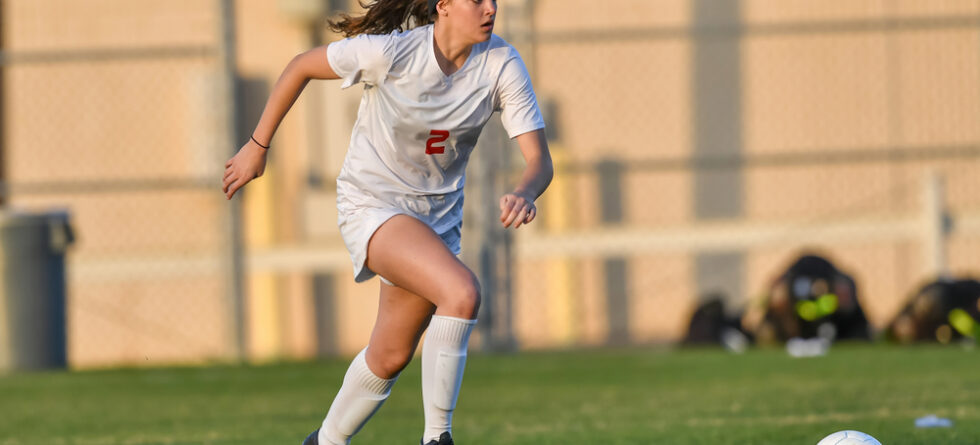Female sports can vary in terms of injury rates, and the likelihood of injuries depends on factors such as the specific sport, level of competition, training, and adherence to safety measures. It’s difficult to pinpoint a single female sport with the most injuries universally, some sports have higher reported injury rates than others.
These sports may include…
- Soccer –Soccer is a contact sport involving running, sudden direction changes, and collisions. Injuries such as sprains, strains, and ligament tears are relatively common.
- Basketball – Basketball involves high-impact activities like jumping, pivoting, and running, making it susceptible to injuries like ankle sprains, knee injuries, and fractures.
- Gymnastics – Gymnastics, particularly artistic gymnastics, can place significant stress on the body, leading to overuse injuries, fractures, and sprains.
- Ice Hockey – Ice hockey is a contact sport with a risk of collisions, leading to injuries like concussions, fractures, and joint injuries.
- Field Hockey – Field hockey involves running, stick handling, and contact with opponents, which can result in injuries such as fractures and contusions.
- Lacrosse – Lacrosse combines running, stick work, and physical contact, leading to a risk of injuries like concussions, fractures, and sprains.
- Rugby – Rugby is a full-contact sport with a high risk of injuries, including fractures, dislocations, and concussions.
- Wrestling – Wrestling involves physical contact and grappling, leading to a risk of sprains, strains, and dislocations.
- Martial Arts – Certain martial arts disciplines, such as judo or taekwondo, can involve contact and throws, leading to injuries if proper techniques and safety precautions are not followed.
Some sports may have higher reported injury rates, safety measures, coaching quality, and individual experiences can greatly influence the risk of injuries. Athletes in all sports should receive proper training, conditioning, and supervision, and they should adhere to safety guidelines and use appropriate protective gear when necessary to minimize the risk of injuries. Injury prevention programs and regular medical evaluations are essential for athlete safety in all sports.


